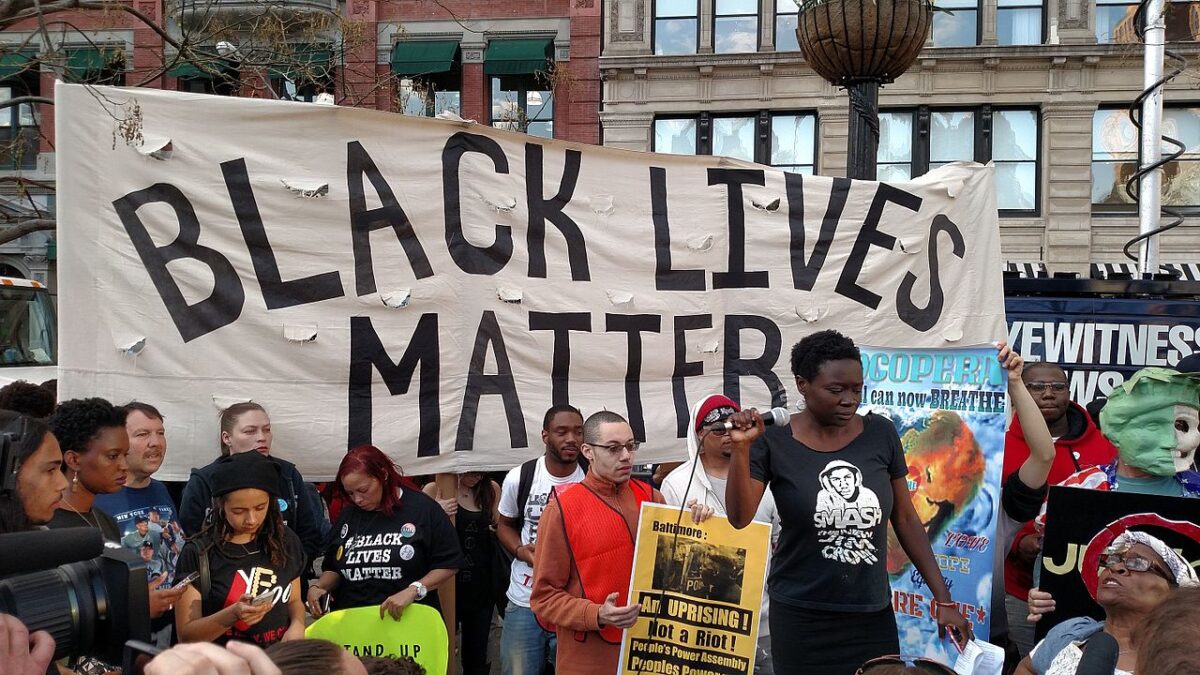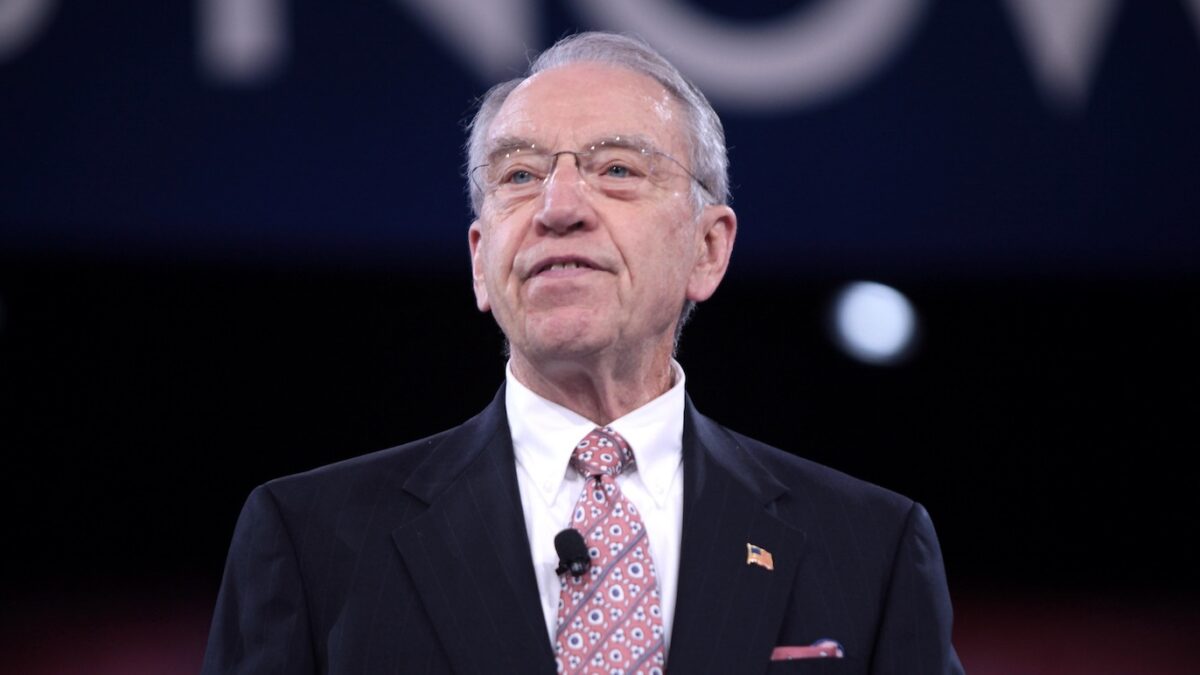A number of headlines have been making the rounds declaring that Black Lives Matter is going bankrupt. These are misleading, not only because they conflate the Black Lives Matter Global Network (BLM GN) and the BLM movement, but also because BLM GN is not, in fact, on the verge of bankruptcy.
To a certain extent, the confusion is understandable. BLM GN is the most visible and well-known of the various BLM organizations, the one founded by movement figureheads Patrisse Cullors, Alicia Garza, and Opal “Ayo” Tometi. When the general public hears “BLM,” this is who they think of. The BLM movement is not known for its transparency, and it’s easy to confuse its various members and their alphabet soup of acronyms.
While BLM GN fancies itself as the head of the BLM movement, the reality is that BLM is a many-headed hydra. BLM GN ostensibly was once the parent organization of a multitude of grassroots BLM chapters, but disputes over funding and priorities have led many of them to part ways with the organization, some becoming entirely independent entities and others banding together to form new collectives (for example, the “BLM 10+”). Most of the BLM movement’s heavy lifting is done by these grassroots chapters.
Then there is the Movement for Black Lives (M4BL), a shadowy collective of more than 150 activist organizations that is even more radical than BLM GN. M4BL provides funding and administrative support to its members and is currently a fiscally sponsored project of the Common Counsel Foundation (in 2020, it was fiscally sponsored by the Alliance for Global Justice [AfGJ], a Marxist revolutionary front with ties to the Sandinistas).
The group refuses to disclose the bulk of its members, but among those that it does disclose are Southerners on New Ground, Black Alliance for Just Immigration, UndocuBlack Network, Black Feminist Future, Organization for Black Struggle, Ella Baker Center for Human Rights, BlackOUT Collective, Highlander Research and Education Center, and the Black Movement Law Project. It received more than $30 million in donations in 2020, and that figure doesn’t include contributions made directly to its members. Why the group hasn’t received more media attention is a mystery.
Lastly, there is the BLM movement’s vast NGO archipelago, a menagerie of subversive organizations working tirelessly to advance the movement’s revolutionary agenda. These organizations include BLM GN’s official partners such as the NAACP and wholly independent outfits such as BLM At School, which with the help of the National Education Association (NEA) reaches children in thousands of schools across the country.
Even if BLM GN were to go bankrupt, these other organizations — the heart of the BLM movement — would live on. But reports that BLM GN is insolvent or going bankrupt are false. A cursory examination of BLM GN’s Form 990s shows that in 2020-2021, it raked in nearly $80 million in grants and donations, but the following year, that number fell to just over $9 million. Meanwhile, the nonprofit spent a little over $17 million and saw its investments drop by nearly $1 million. This meant it ended the year $8.5 million in the red.
That is where many journalists stopped reading. But a closer look reveals that BLM GN retains more than $40 million in its coffers from its record 2020 haul. Because it is a grantmaking organization helmed by a skeleton crew, it can easily pare back its spending over the coming year to balance its books.
That’s not to say that BLM GN has acted in a fiscally responsible manner. Its penchant for luxury real estate is well known, as is its proclivity for self-dealing. The nonprofit spent $6 million on a sprawling mansion in Los Angeles and granted M4BJ, a subgroup of BLM Canada, $8 million which was subsequently spent on a 10,000-square-foot Toronto mansion formerly owned by the Canadian Communist Party. Patrisse Cullors and her spouse, BLM Canada and M4BJ co-founder Janaya Khan, have purchased at least four high-end houses for $3.2 million in the U.S. alone. Interestingly, BLM Canada is one of the few regional BLM chapters to have actually received funding from BLM GN.
Meanwhile, BLM GN continued to hire relatives of Cullors and its board members. According to the organization’s tax filings, Paul Cullors, the brother of Patrisse Cullors, founded two private security companies which were paid $1.6 million in 2022. He was also paid a $126,000 salary as “head of security” despite being a graffiti artist with no experience in security. The previous year, BLM GN paid $970,000 to a company owned by Damon Turner, the father of Cullors’ child.
That same year, Shalomyah Bowers, who replaced Patrisse Cullors at the helm of BLM GN after her resignation, paid his own consulting firm $1.7 million. And $1.1 million was paid to New Impact Partners, a firm owned by Danielle Edwards, the sister of former BLM GN board member Raymond Howard. BLM GN also agreed to pay $600,000 to an unidentified former board member’s consulting firm in connection with a “contract dispute.”
Given the amount of money remaining in BLM GN’s coffers, it’s likely that the nonprofit will continue to behave in accordance with its current modus operandi. But again, this reprehensible organization is just one member of the greater BLM movement, which features a host of more serious actors that don’t squander their resources. BLM’s opponents would be wise to remain vigilant and refrain from declaring victory prematurely.









